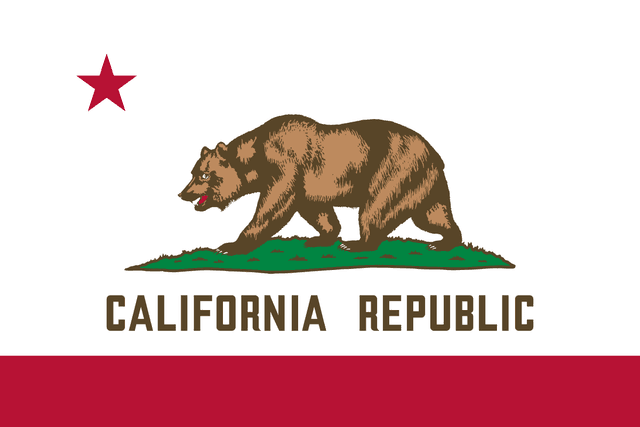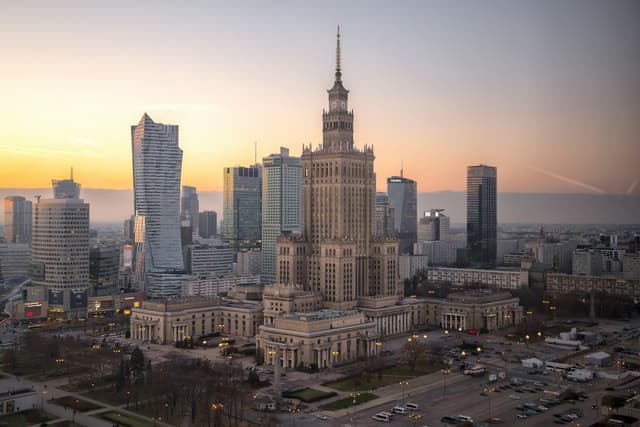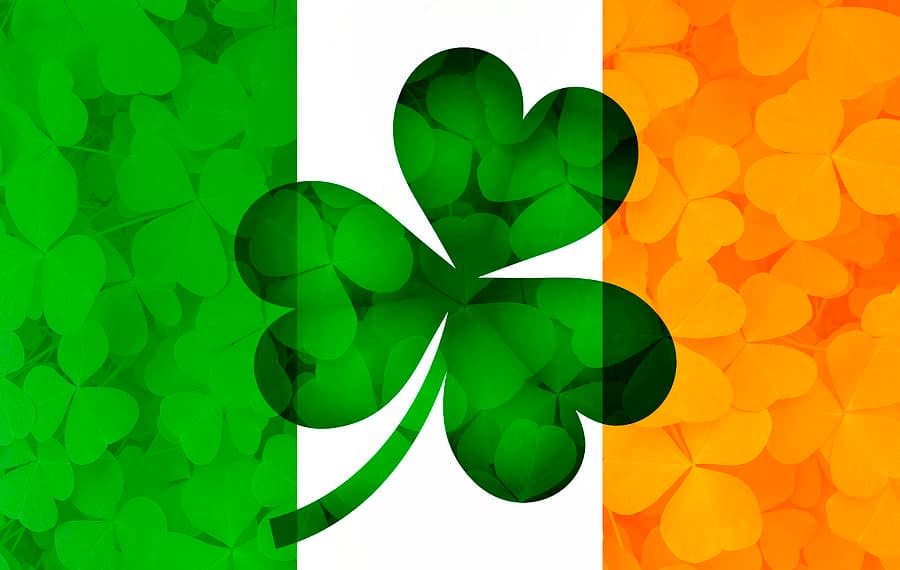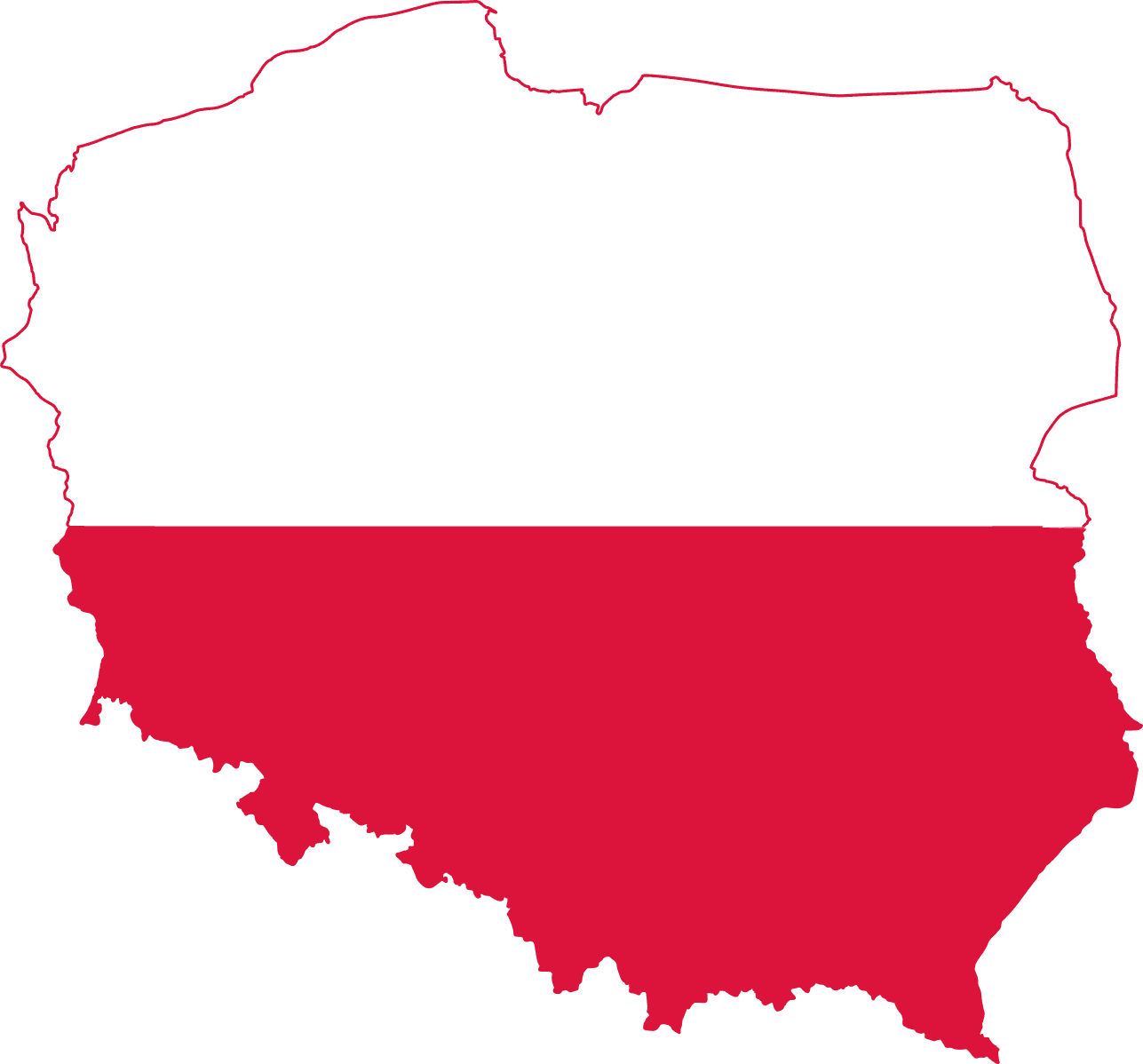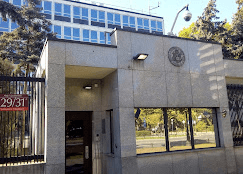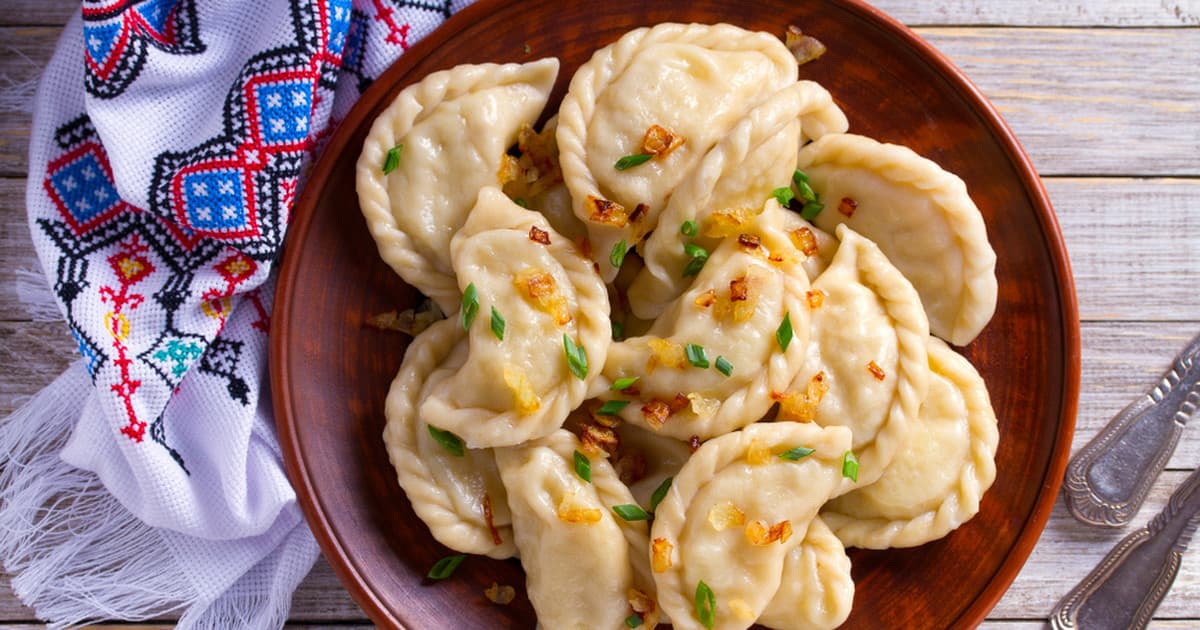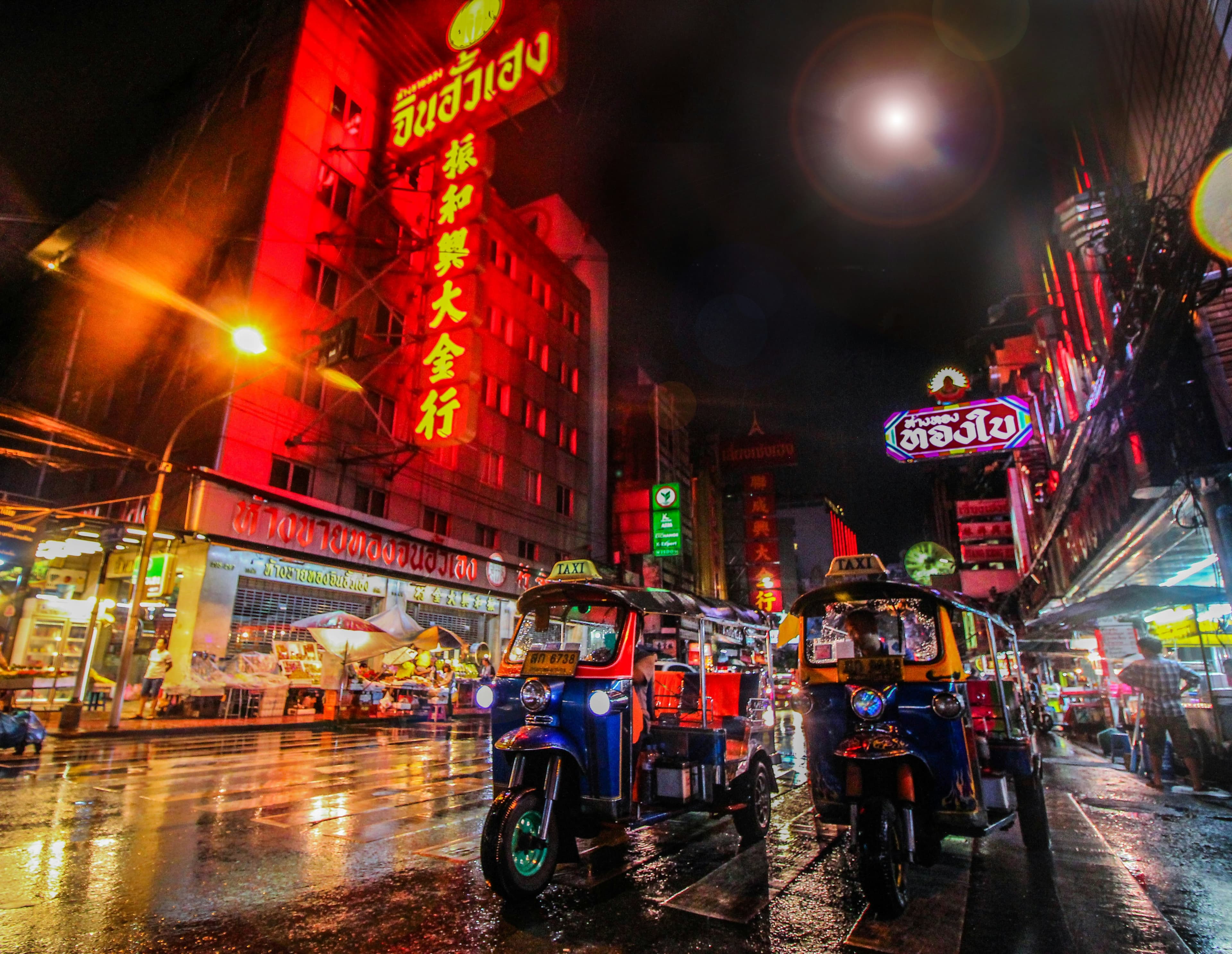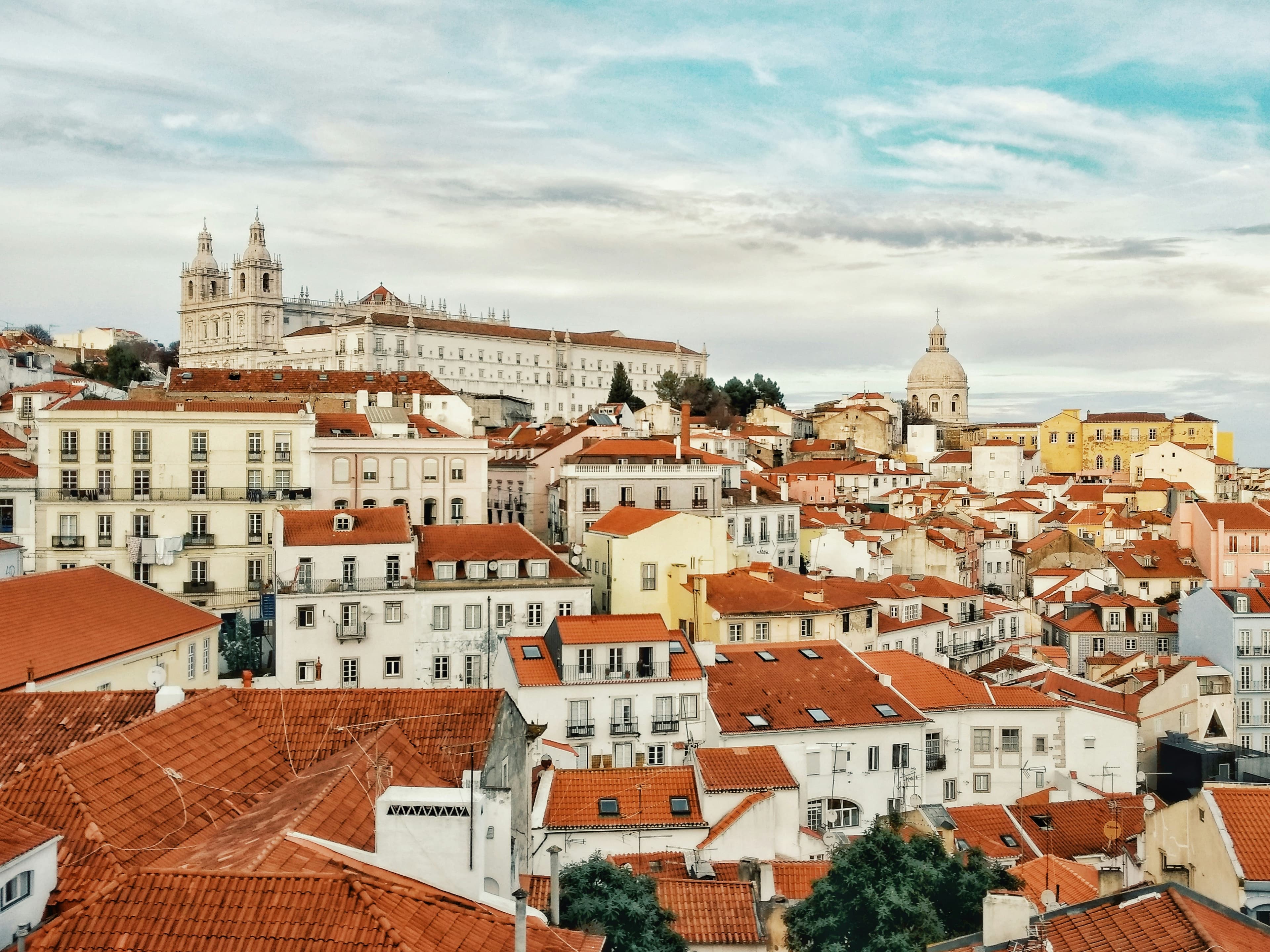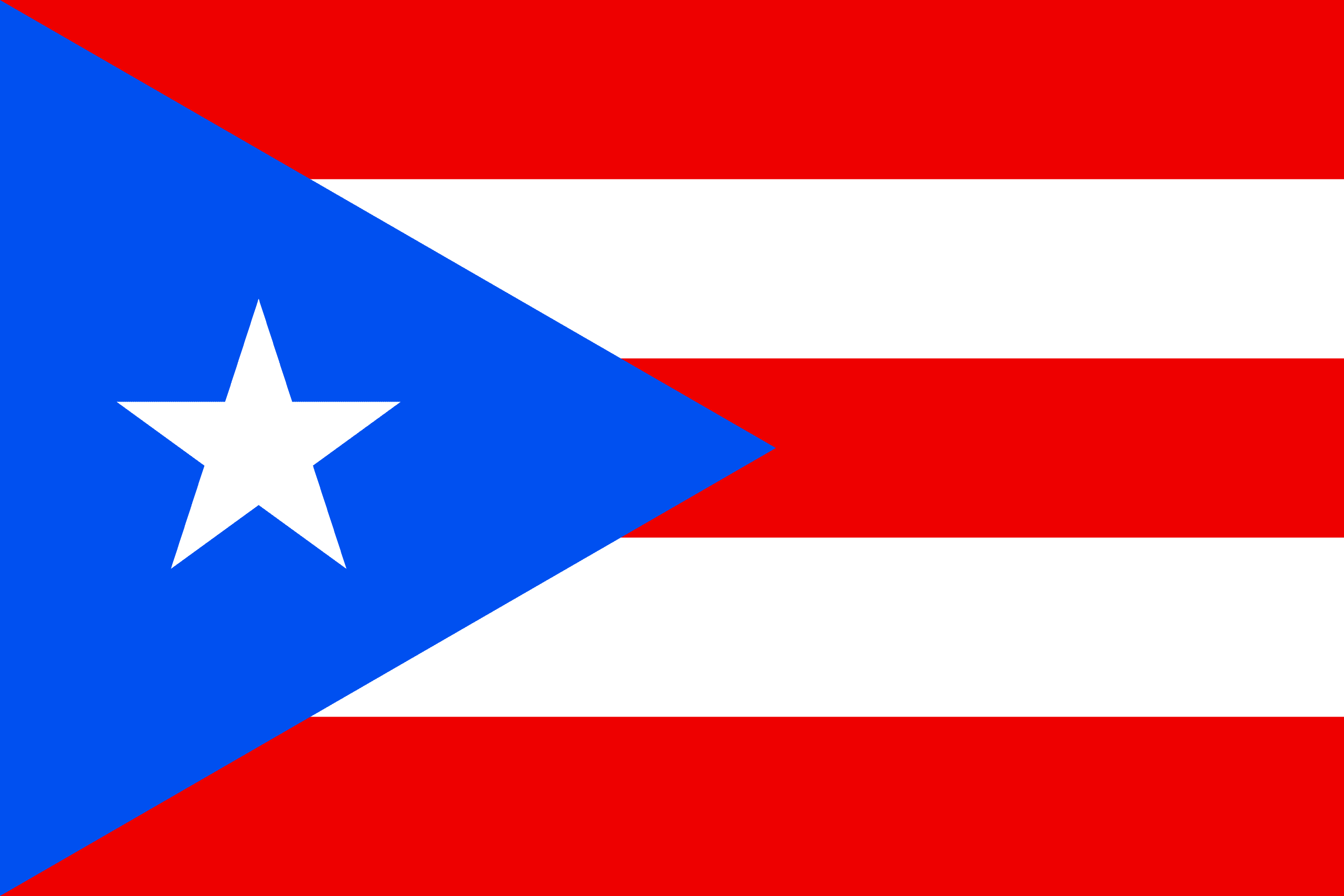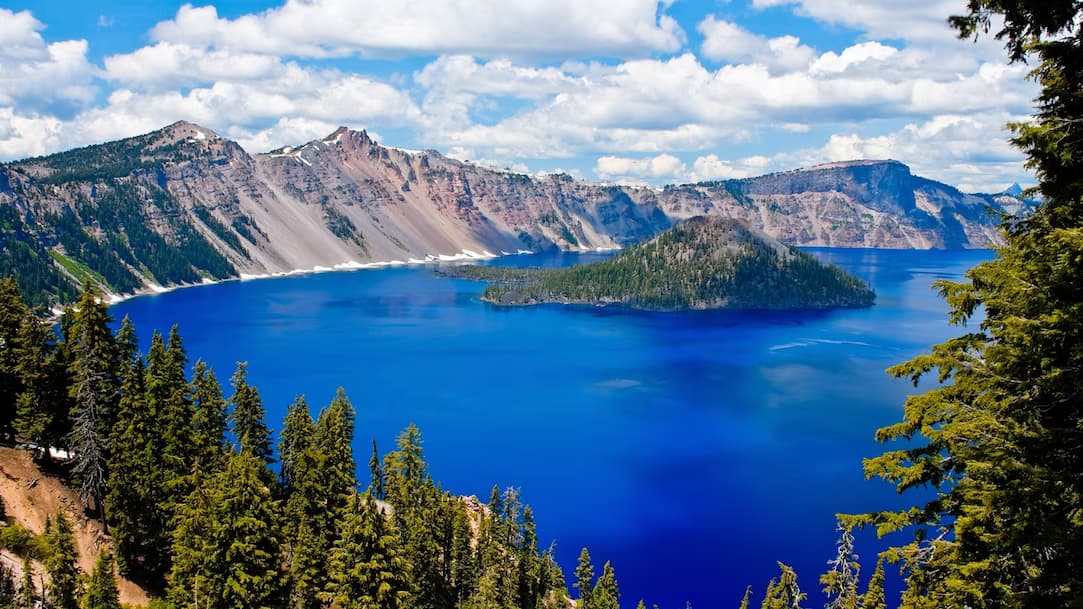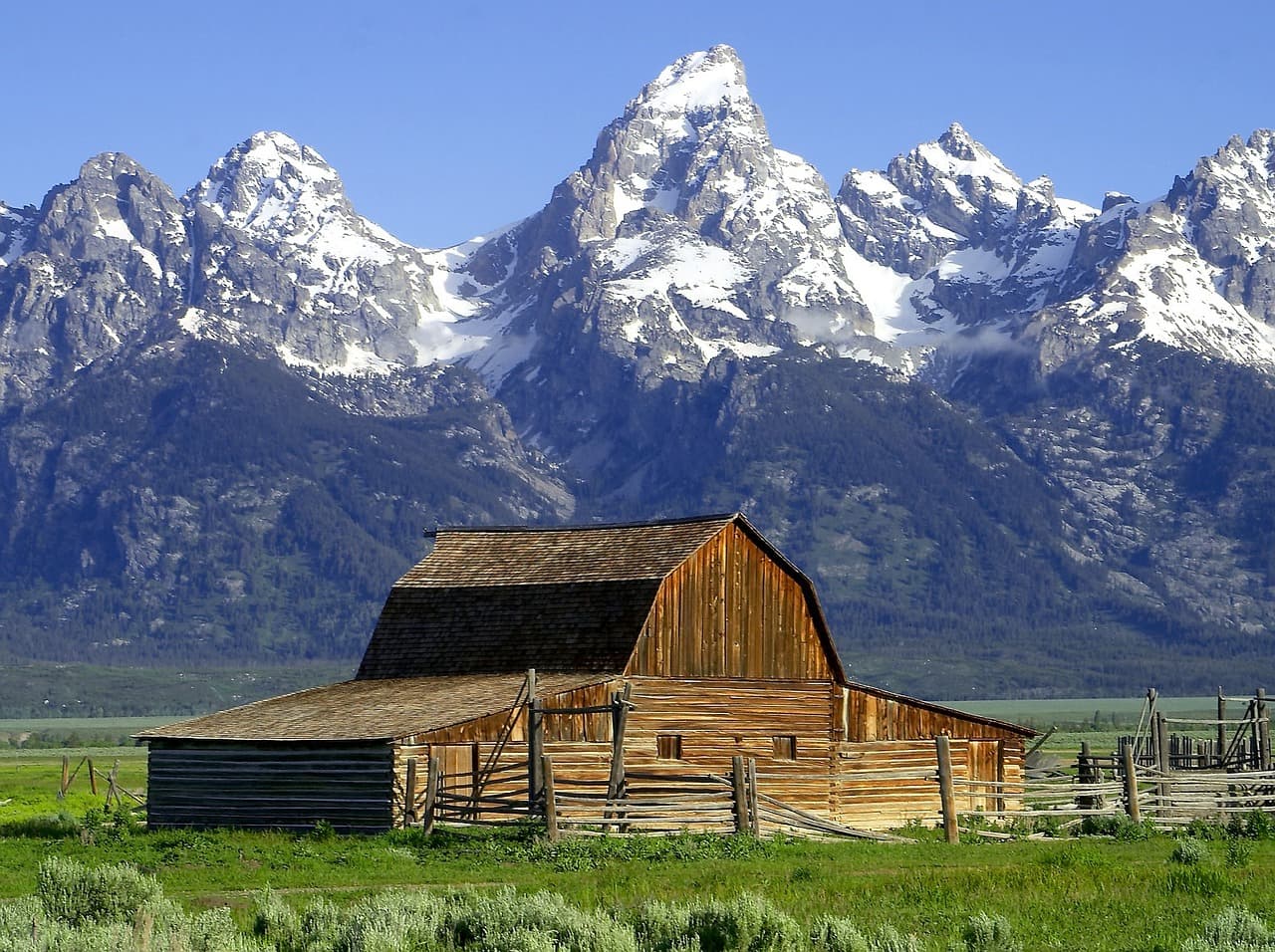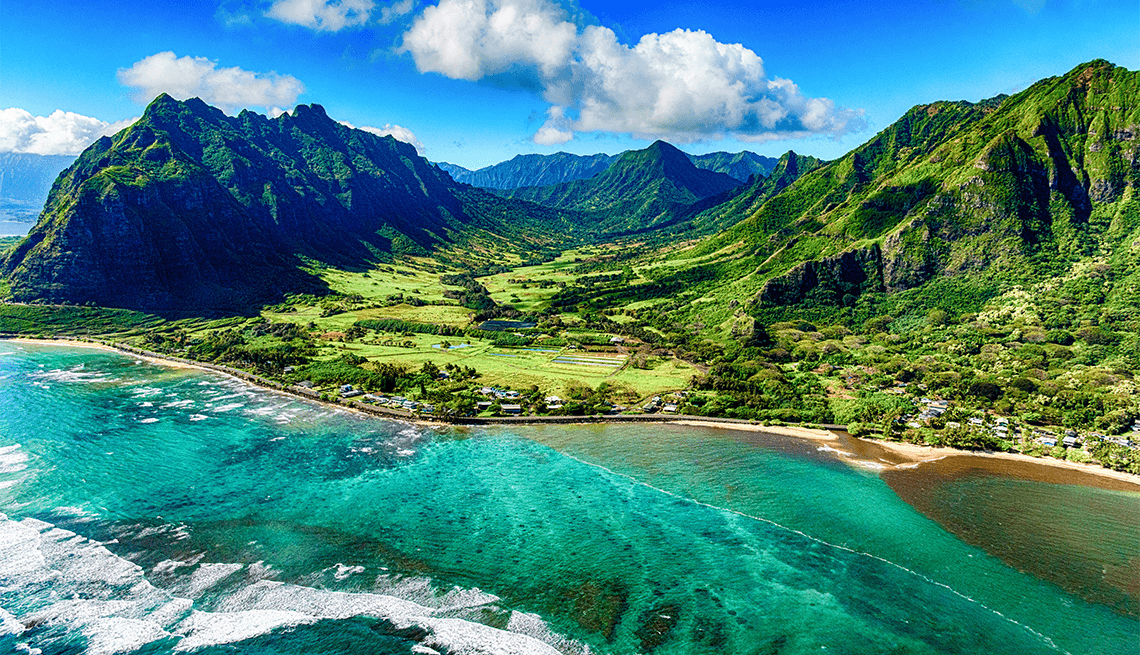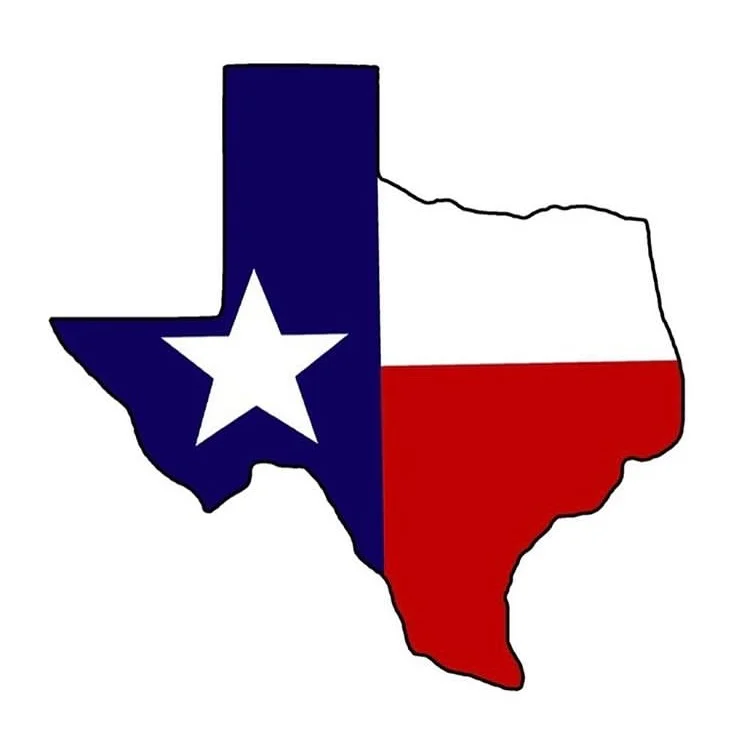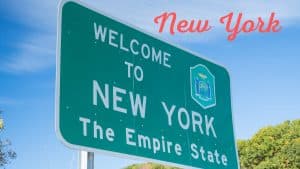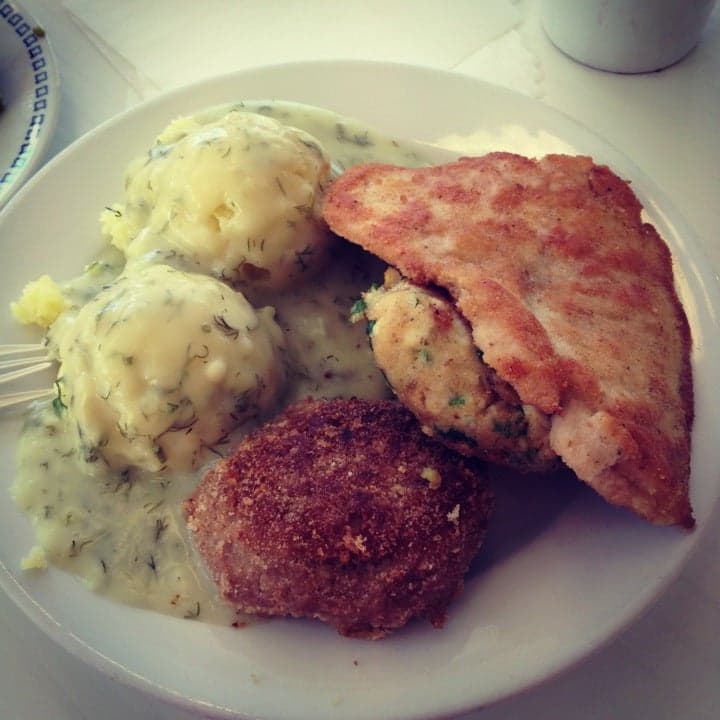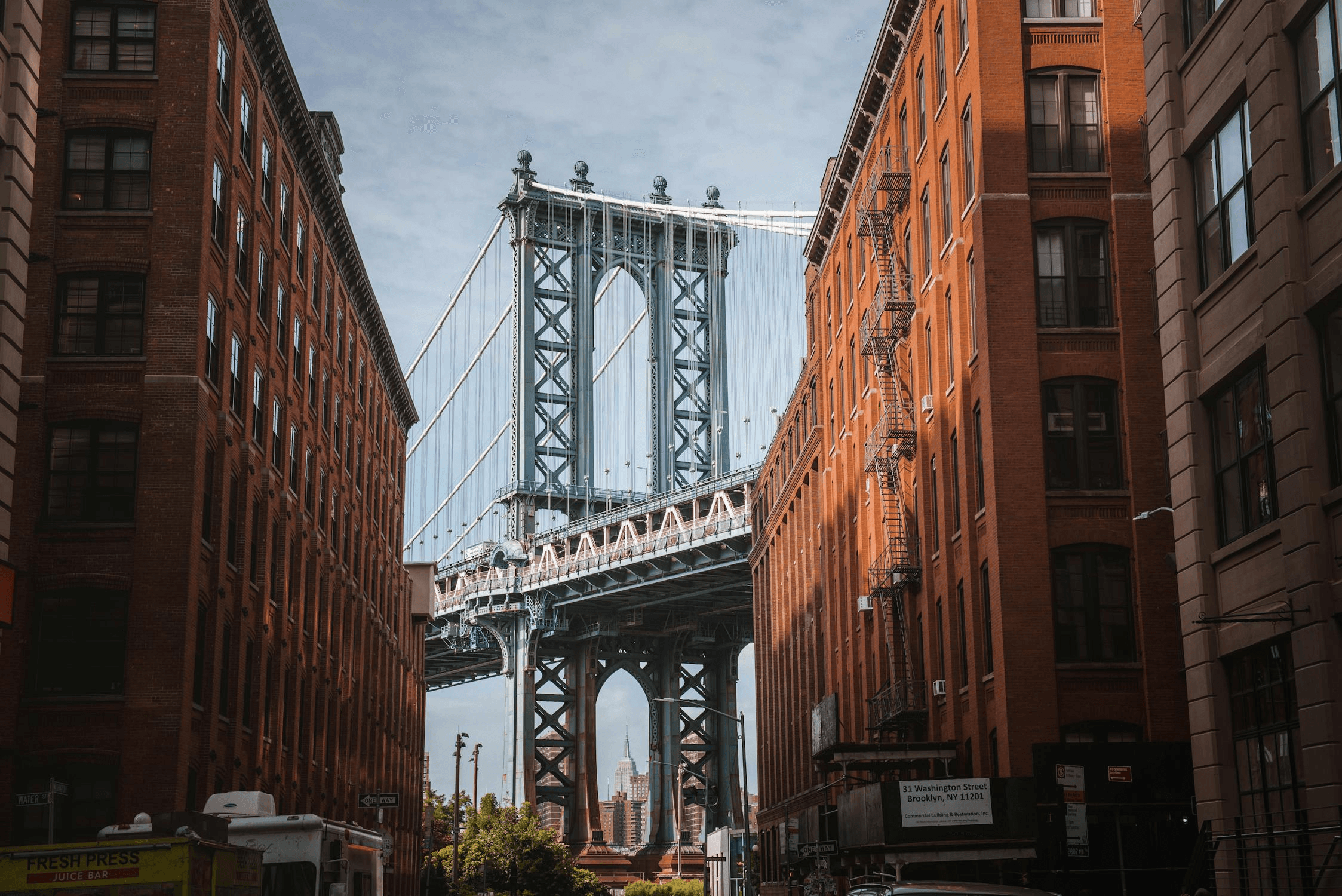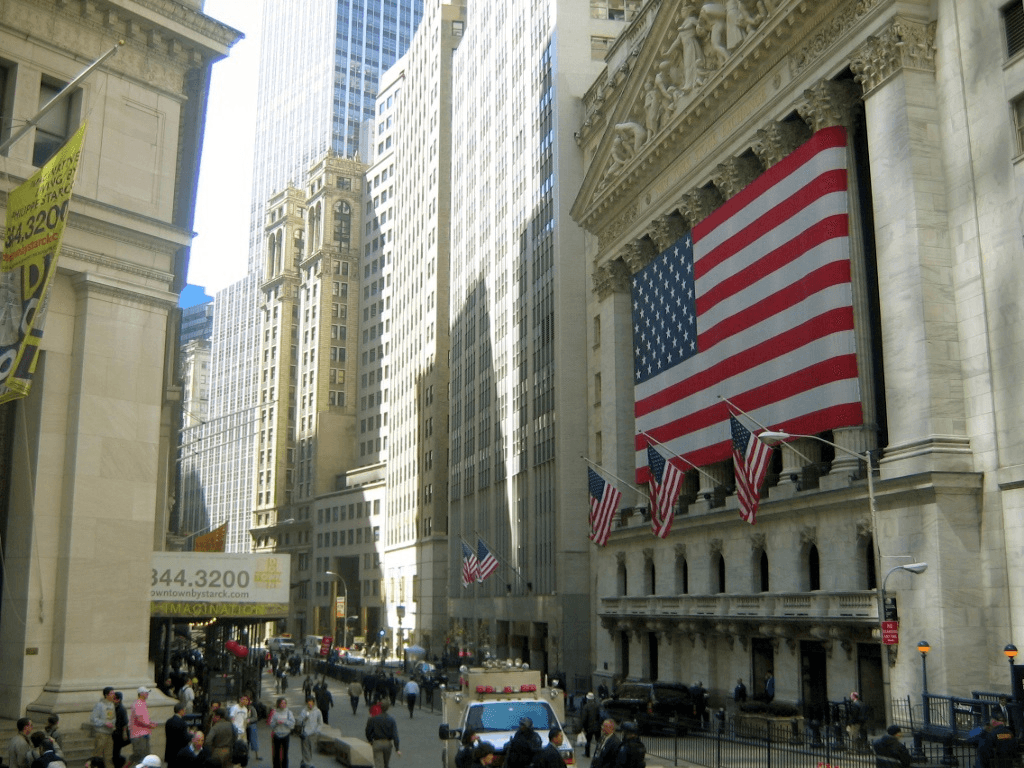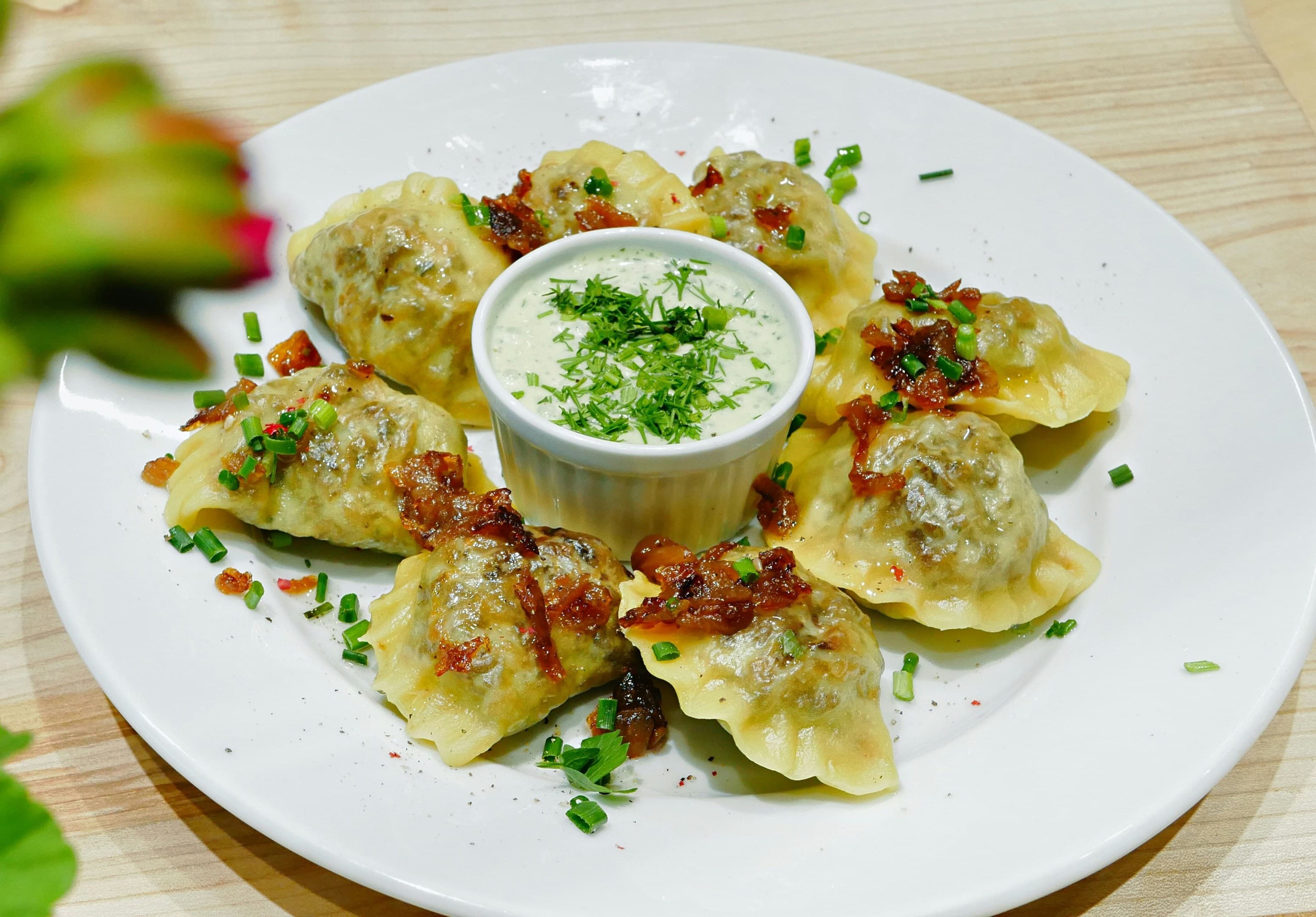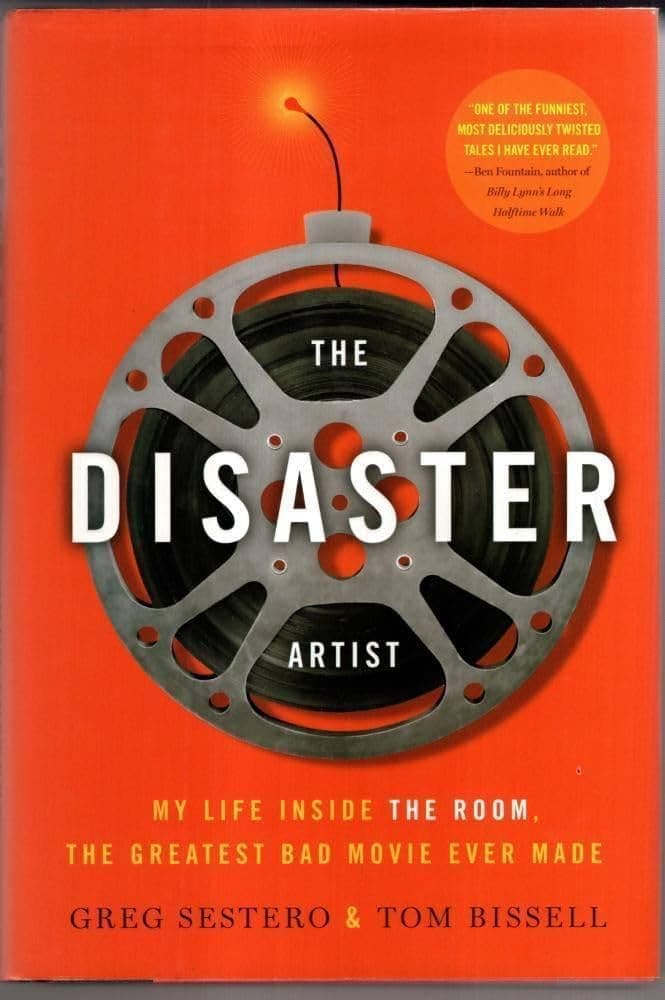California vs. Warsaw, Poland
California
The Golden State. Home to Hollywood and the Silicon Valley. Produces 80% of the world's almonds. What a great state. Although these days its major cities of Los Angeles and San Francisco are full of drug addicts who poop in the streets. That's too bad :(
Warsaw, Poland
Warsaw is the capital of Poland, sitting on the Vistula River in the east-central part of the country. With nearly 1.9 million people in the city and over 3 million in the wider metropolitan area, it’s Poland’s biggest city. It’s a place where old and new collide—modern skyscrapers stand next to rebuilt historic districts, and its skyline is a mix of glass towers and ornate churches. The Old Town, destroyed in World War II and painstakingly rebuilt, is now a UNESCO World Heritage Site. Walking through its cobblestone streets, you’ll find the Royal Castle and the colorful Market Square. Not far off is the Royal Route, a stretch of old palaces, churches, and the Presidential Palace, leading down to the grand Wilanów Palace and its gardens. Despite the scars of war—most of the city was flattened during WWII—Warsaw bounced back fast. The post-war communist era left a mark with grey apartment blocks and the towering Palace of Culture and Science, a gift from the Soviet Union that’s still...
Reviews
Reviewed on 4/23/2024
This is where all my almond milk and weed comes from! Love Cali! :)
Reviews
Reviewed on 2/25/2025
Friendly towards foreigners. Affordable. Most people speak English. Safe. Not great in the winter though. The weather is crap, you never get to see the sun, and air quality gets bad. Still, summers in Warsaw are great, so I give it 4 stars.
| Item | Votes | Upvote |
|---|---|---|
| Great weather | 1 | |
| Good for surfing | 1 |
| Item | Votes | Upvote |
|---|---|---|
| Drug addicts poop in the streets | 1 |
| Item | Votes | Upvote |
|---|---|---|
| Fun | 2 | |
| Affordable | 2 | |
| Safe | 2 | |
| Most people speak English | 2 |
| Item | Votes | Upvote |
|---|---|---|
| Practically no sunlight in the winter | 1 |
Frequently Asked Questions
California offers great weather and is known for its surfing opportunities, making it appealing for those who enjoy outdoor activities. However, it faces challenges such as homelessness and urban issues in major cities. In contrast, Warsaw is affordable, safe, and friendly towards foreigners, with most residents speaking English. However, it suffers from poor winter weather and limited sunlight. The choice between the two depends on whether you prioritize climate and outdoor activities or affordability and safety.
Warsaw is generally more affordable than California. It offers a lower cost of living, making it accessible for many, while California, particularly in cities like Los Angeles and San Francisco, is known for its high living costs. If affordability is a key factor, Warsaw would be the better choice.
California is renowned for its great weather, with plenty of sunshine and mild temperatures, making it ideal for outdoor activities year-round. In contrast, Warsaw experiences harsh winters with limited sunlight, which can be a drawback for those who prefer sunnier climates. Therefore, California is the better option for favorable weather.
While safety can vary by neighborhood, Warsaw is generally considered safe, with a low crime rate and a friendly atmosphere towards foreigners. California, particularly in urban areas, faces challenges related to crime and homelessness. Thus, Warsaw may be perceived as the safer option overall.
Pros of California include great weather and excellent surfing opportunities. However, a significant con is the issue of drug addicts causing sanitation problems in major cities like Los Angeles and San Francisco.
California, also known as the Golden State, is known for being home to Hollywood and Silicon Valley. It is also notable for producing 80% of the world's almonds.
Some major cities in California include Los Angeles and San Francisco. These cities are known for their cultural significance, economic impact, and unfortunately, issues with drug addiction and sanitation.
The pros of visiting Warsaw, Poland include its affordability, safety, and the fact that most people speak English, making it accessible for tourists. Additionally, the city is fun to explore with a mix of modern and historic attractions. However, a notable con is the lack of sunlight during the winter months, which can affect the overall experience.
Warsaw, the capital of Poland, has a complex history marked by destruction and resilience. Most of the city was flattened during World War II, but it was painstakingly rebuilt and is now a UNESCO World Heritage Site. The city remembers its past with museums like the POLIN Museum and monuments commemorating the Warsaw Uprising.
In Warsaw, you can explore the Old Town, visit the Royal Castle, and stroll through Łazienki Park. The city also offers a vibrant cultural scene with jazz festivals, classical concerts, and a buzzing nightlife. Food enthusiasts can enjoy traditional Polish dishes as well as modern cuisine in various restaurants and cafes.
Warsaw experiences typical Central European weather, with cold, snowy winters and warm, sometimes stormy summers. Spring and autumn can be mild and pleasant, but the weather can change quickly, so it's advisable to be prepared for varying conditions.
Yes, Warsaw is considered safe for tourists. The city has a low crime rate, and many visitors report feeling comfortable while exploring its streets and attractions. However, as with any major city, it's always wise to stay aware of your surroundings and take standard safety precautions.
